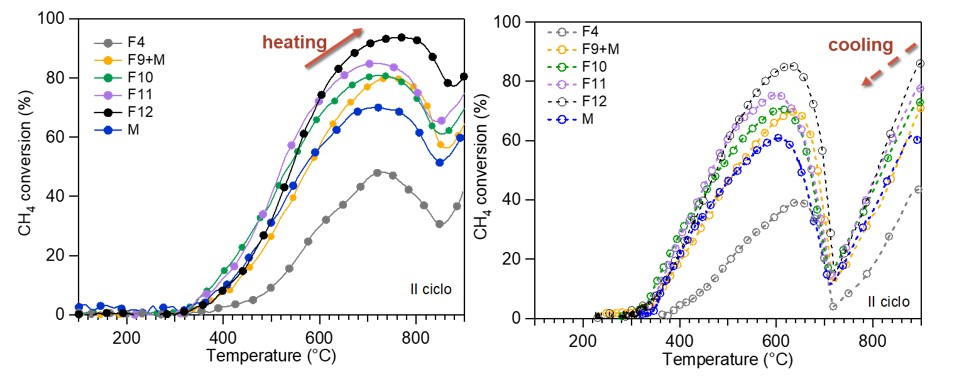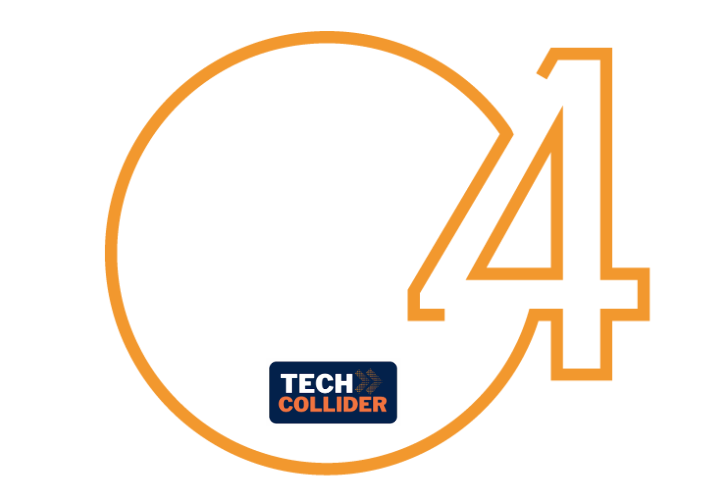The invention allows catalysts to be prepared by dry grinding without the use of solvents. This reduces the environmental impact of the process both from the point of view of storage and disposal of solvents and from the energy point of view, as many of the related heat treatments are eliminated. The grinding procedure is low energy consuming and can be applied to a number of materials, depending on the needs, in addition to palladium and cerium oxide as starting materials.
Thanks to the developed methodology, materials with a shell structure are obtained, that are particularly active and stable in the activation of methane and in the post-combustion of other pollutants.
The scale-up of the technology has involved the production of quantities of 0.1-1kg of material and the development of more complete formulations including in the preparation of the material other metals and/or doping elements (e.g. Rh, Zr or Al). This allows you to easily get to a pre-industrial prototype.















